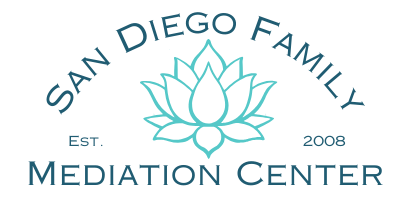Qualified Domestic Relations Orders… also referred to as a “QDRO” is a seemingly mystifying document that many clients have a hard time wrapping their head around. So let’s start at the beginning:
What Is a QDRO?
A QDRO is a document that is required to divide a qualified retirement plan if there is a divorce. Often clients will come in and say, “we don’t want to divide the retirements because we do not want to incur penalties.” This document avoids the penalties and allows parties to divide and transfer retirement funds without enduring a penalty.
What Is a “Qualified” Plan?
A qualified plan is simply one that is described in Section 401(a) of the Tax Code. The most common types of qualified plans are profit sharing plans (including 401(k)plans), defined benefit plans, and money purchase pension plans. In general, your contributions are not taxed until you withdraw money from the plan.
Is My 403b a “Qualified” Plan?
Yes. The fundamental difference is that a 403b is used by nonprofit companies, religious groups, school districts, and governmental organizations. The law allows these organizations to be exempt from specific administrative processes that apply to 401k plans. In other words, administrative costs for a 403b are lower.
Is My IRA a “Qualified” Plan?
No. An IRA is not a qualified plan.
When Is a QDRO Necessary?
A QDRO is necessary if the parties have a qualified plan (Ie., a 401k, a 403b, pension, etc.) and they want to transfer a portion, or all of the plan to the other spouse when going through a divorce. There is also a way to pull cash from a qualified plan pursuant to the divorce without incurring a penalty. However, taxes will be withheld before disbursement, so it is essential to understand that and plan accordingly.
What Happens if a QDRO Is Not Drafted, Can I Still Transfer Funds from My 401k to My Ex-Spouse?
You cannot. This document gives the administrator of these plans the permission to transfer funds from the participant (the person who has contributed to the account) to an alternate payee. Without this document, the administrator will not be legally able to transfer the funds from the account to an alternate payee. The only way for the participant to obtain funds from the account without the QDRO is to withdraw and pay the 10% penalty as well as the taxes on the money.
Help With Your QDRO
Contact San Diego Family Mediation Center for help with your QDRO. Say goodbye to legal complexities, protect your assets, and experience peace of mind.
by: Jennifer Segura






